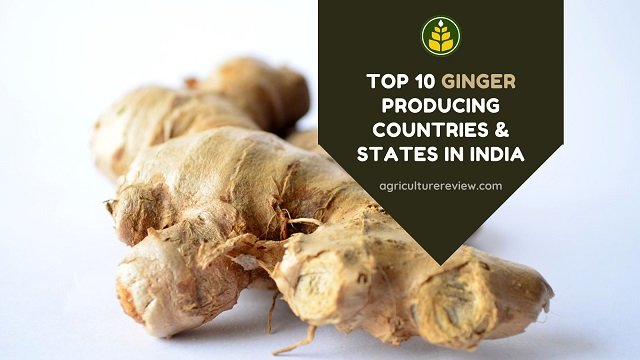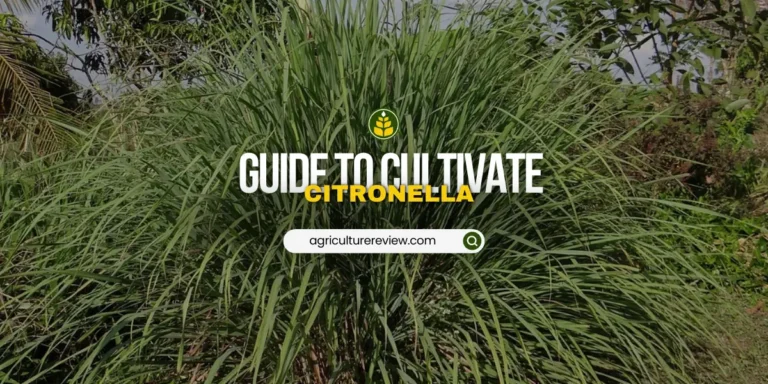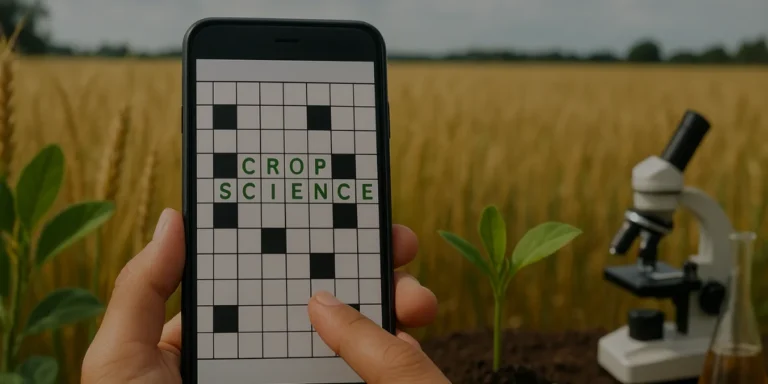Bt crops can be defined as genetically modified crops that contain the toxins derived from the gram-positive, spore-forming bacterium, “Bacillus thuringiensis.” The toxins of the bacterium are “cry proteins” that are toxic to specific pests that belong to the order: Lepidoptera, Coleoptera, Diptera, Hymenoptera and Nematoda. Hence it helps control pests in corn, cotton, potato and tobacco.
The commercial production and distribution of these Bt crops were approved by the Environmental Protection Agency in 1995. The first Bt crop was produced in Belgium by a company called “Plant Genetic Systems,” but it did not get commercial success. But soon after the approval from EPA, the use of Bt crops spread worldwide.
Let’s now understand the bacterium Bacillus thuringiensis and the mechanism of how the toxins derived from this bacterium kill only specific pests and do not harm the human digestive system.
Table of Contents
What Is Bacillus thuringiensis?
Bacillus thuringiensis is a gram-positive bacterium that dwells in the soil. Japanese biologist Shigetane Ishiwatari discovered this bacterium in 1901 by isolating it as the causative agent in the death of silkworms. She was working to find the cause of the sotto disease that was killing a large number of silkworms.
Later on in 1911, another scientist, Ernst Berliner found a bacteria that killed a Mediterranean flour moth. He named the bacteria Bacillus thuringiensis after the name of the German town Thuringia where the diseased moth was found. Berliner also found ou the presence of toxin crystals inside the bacterium but could not find out about the role of crystals.
Hannay, Fitz-James and Angus in 1956 discovered the role of toxins crystals in killing moths which led to the interest of agriculturists to research more about this bacterium.
It was found that when only specific pests eat the crystal toxins or spore of Bacillus thuringiensis, these crystal toxins bind to the gut wall of pests and cause the gut cells to break apart within a few minutes. Pests stop feeding immediately and die within 3 to 5 days due to starvation.
Moreover, these toxin crystals only interact with specific receptors located on the host cell surface, therefore they are not harmful to humans or other animals in which these specific receptors are not present.
Types Of Bt Crops
What Is Bt Corn?
To increase resistance towards lepidopteran larvae (corn borers) and coleopterans (corn rootworm beetles), Bt corn varieties have been introduced to the world. They consist of Bt genes that are specific to pests of corn. Thus, helpful in controlling major pests efficiently without the use of any chemical pesticides.
To control the European corn borer, the first Bt corn was introduced in 1996. At present, Bt corn is cultivated in around 11 countries namely Argentina, Bulgaria, Canada, Columbia, Germany, Honduras, Philippines, South Africa, Spain, Uruguay, and the United States.
What Is Bt Cotton?
Bt cotton is a genetically modified variety of cotton crop that provides protection against bollworms and is also effective against aphids, plant bugs and stink bugs. Field trials of Bt cotton started in the United States of America in 1993 and were approved for commercial use in 1995.
Monsanto (Bollgard) released the first commercial Bt cotton variety which contains the Cry 1Ac gene of Bacillus thuringiensis in the United States in 1996. In China, the use of Bt cotton was approved in 1997, however in India due to a joint venture between MONSATO and MAHYCO, Bt cotton was introduced in 2002.
What Is Bt Brinjal?
Bt brinjal is a genetically modified variety of brinjal crop that provides protection against lepidopteron pests, in particular the Brinjal Fruit and Shoot Borer. It is the first trangenic crop developed in India by Maharashtra Hybrid Seed Company (MAHYCO) and was approved for commercial use in 2009.
But later on, due to controversies and public outrage, the commercial use of Bt brinjal was banned by the then Indian Environment Minister Jairam Ramesh. However, it was approved for commercialisation in Bangladesh in 2013.
Advantages Of Bt Crops
These are the major advantages of cultivating Bt crops in fields.
- The most important benefit of using Bt crops is the reduction of the dependency on the use of chemical pesticides in food production.
- Bt crops are host specific, therefore no other beneficial insects such as ladybugs, bees, mantis, etc. are harmed. It helps in increasing pollination and increases control of other pests by these beneficial insects.
- As it help control pests, chances of getting optimum yield increases due to optimum growth of crops.
- Production cost decreases as by using Bt crops, farmers do not have to spend much amount of money on buying and spraying chemical pesticides in their fields.
- Using Bt crops leads to lesser use of pesticides which results in controlling pollution that is caused by the residual effect and leaching of pesticides.
- Cultivating Bt crops leads to an increase in overall efficiency of the farm.
Disadvantages Of Bt Crops
These are the major disadvantages of cultivating Bt crops in fields.
- Bt crops cost higher than the traditional crops, therefore plantation cost may increase.
- It has been noticed that sometimes pests develop resistance against the toxins of Bt crops, therefore, it becomes ineffective.
- Use of Bt crops can eliminate the existence of traditional crop varieties.
FAQ On Bt Crops
what does bt corn produce that kills insects?
Bt corn produces toxin crystals that bind with the gut cells of specific insects and kill them.
Which is the first Indian Bt crop?
Bt brinjal is the first Indian Bt crop that was developed by Maharashtra Hybrid Seed Company.





